Our dimmer prototypes work fine, but fails surge test, as per 61000-4-5, 1/50us.
Circuit is isolated dimmer for 230VAC different types of bulbs. It uses 2x N MOSFET as switch. V503 detects zero crossings. N504/N505 are isolated drivers, in parallel to provide more power=faster switching.
Mains side passes test for 0,5kV, 1kV and 1,5kV L-N, tested in OFF and ON states. Bulb side fails for 0,5kV L-N @ ON state (because of peak current), passes 1,5kV @ OFF state (voltage suppressor works). 50% dimming is not tested yet.
What I tested, but not helps: protect each transistor with separate varistor, without LC filter (L503/C503), without CMChoke L502 on mains side, additional gate-source capacitors 2n2, additional gate-source TVS 15V bi-dir, moving output N before L502. Most often only one of FETs gets broken (but not always the same) with almost shorted 3 terminals, no smoke or package holes. Load is 60W tungsten bulb.
I have limited space on PCB and components prices, can't add second CMC.
L503 is 470uH/2A
